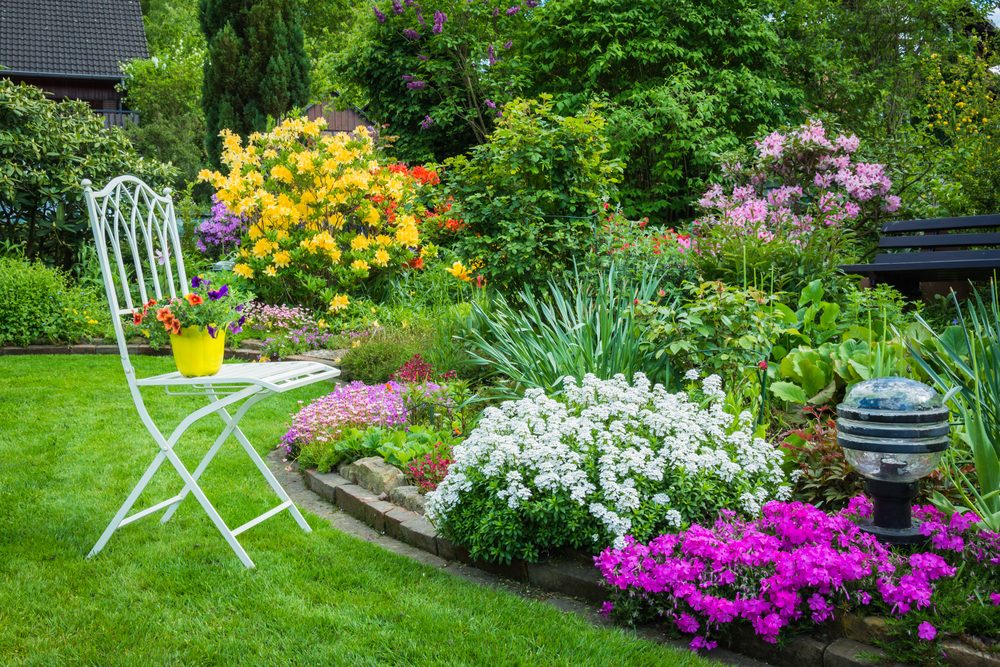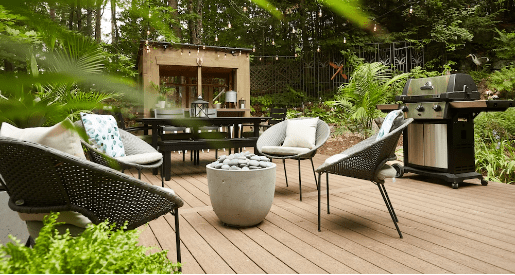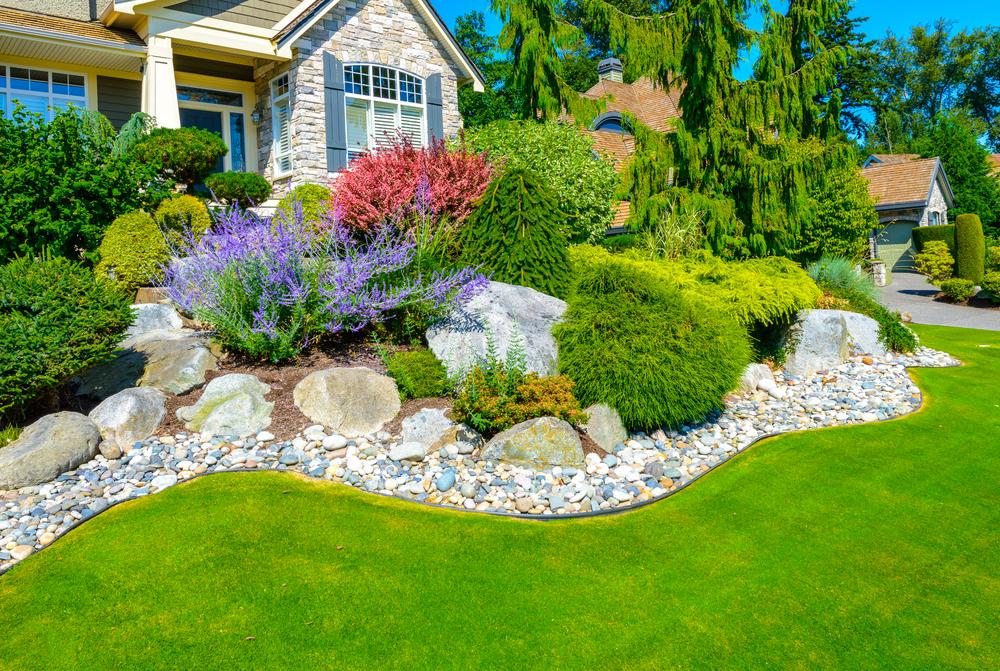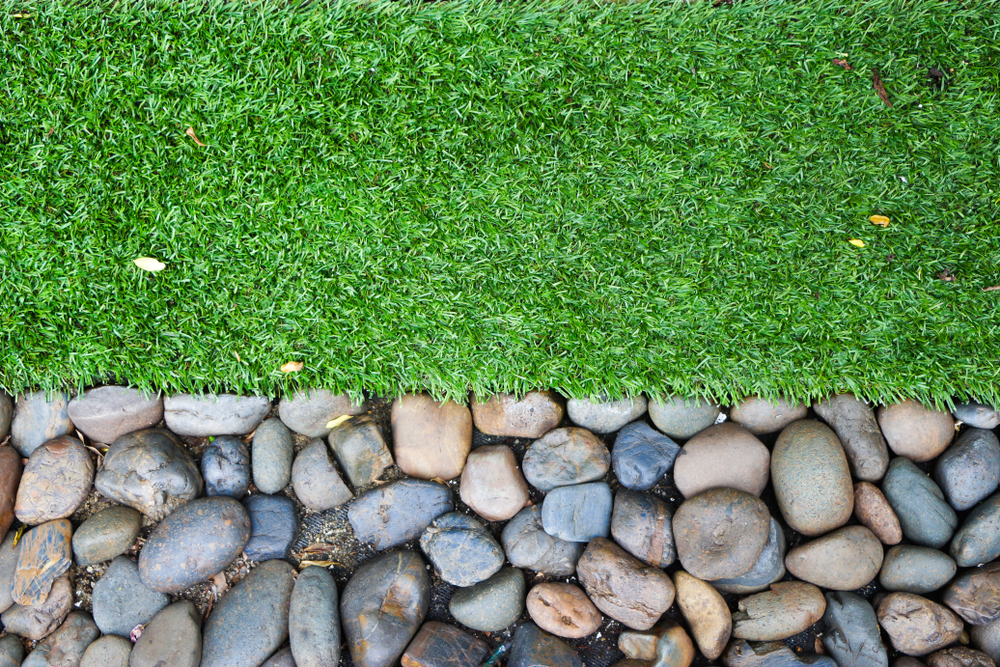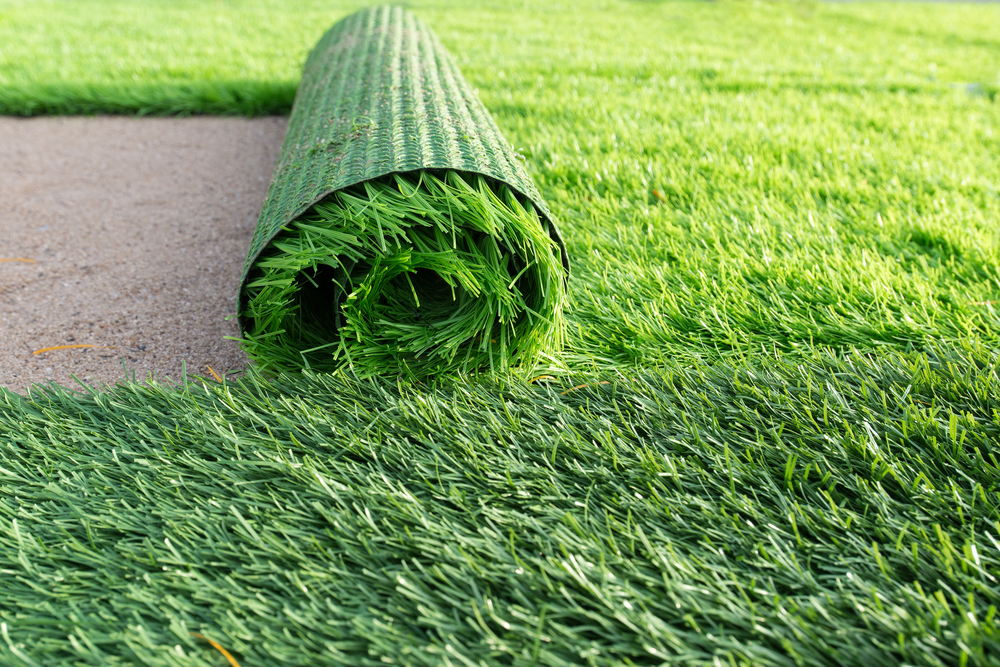Contrast is an important feature for interest in a garden as well as a painting. There are three main ways to create contrast in a garden.
Contrast in Landscaping Can Be an Eye-Catching Look
When every color, texture and design element is the same, the landscaping may appear boring. Nothing stands out, and nothing appears particularly beautiful unless there is at least a little contrast in landscaping. You may think green is green and you can’t provide contrast when your garden is all green. However, there are many ways to make a garden attractive other than with colorful blossoms.
Texture
Most leaves are green, but some are tinged with purple, pink and orange. Even if you have only green plants, there are several ways to create contrast. First of all, look at the type of leaves. Are they broad and shiny or delicate and pale? Secondly, look at the amount of each type you choose. Do you want broad swathes of delicate ground cover and a large area of brilliant green leaves? Another possibility is a smooth green lawn; even, artificial turf with pom-poms of ground cover; and taller shrubs in the background.
Hardscapes
Hardscapes include pathways, low walls, water features and high walls. Each one of these works well with a variety of plants to add texture and contrast. Natural stone or tile pavers in Las Vegas can be used to define areas for different types of plants. They break up the garden into interesting spaces.
Color Use Can Create Contrast in Landscaping
Color is one of the most popular ways to provide contrast in a garden. Colorful blossoms are plentiful and even some desert plants come in a variety of textures and colors. One popular method for achieving contrast in a garden is to define different areas with pavers and planting different colored flowers in each space. If the plants blossom at the same time of year, you will have a riot of contrasting colors.
No matter what type of garden you have, whether it is full of plants or consists mostly of a patio and walls, you can make it more interesting to the viewer with a little thought to contrasting shapes, textures and colors.

